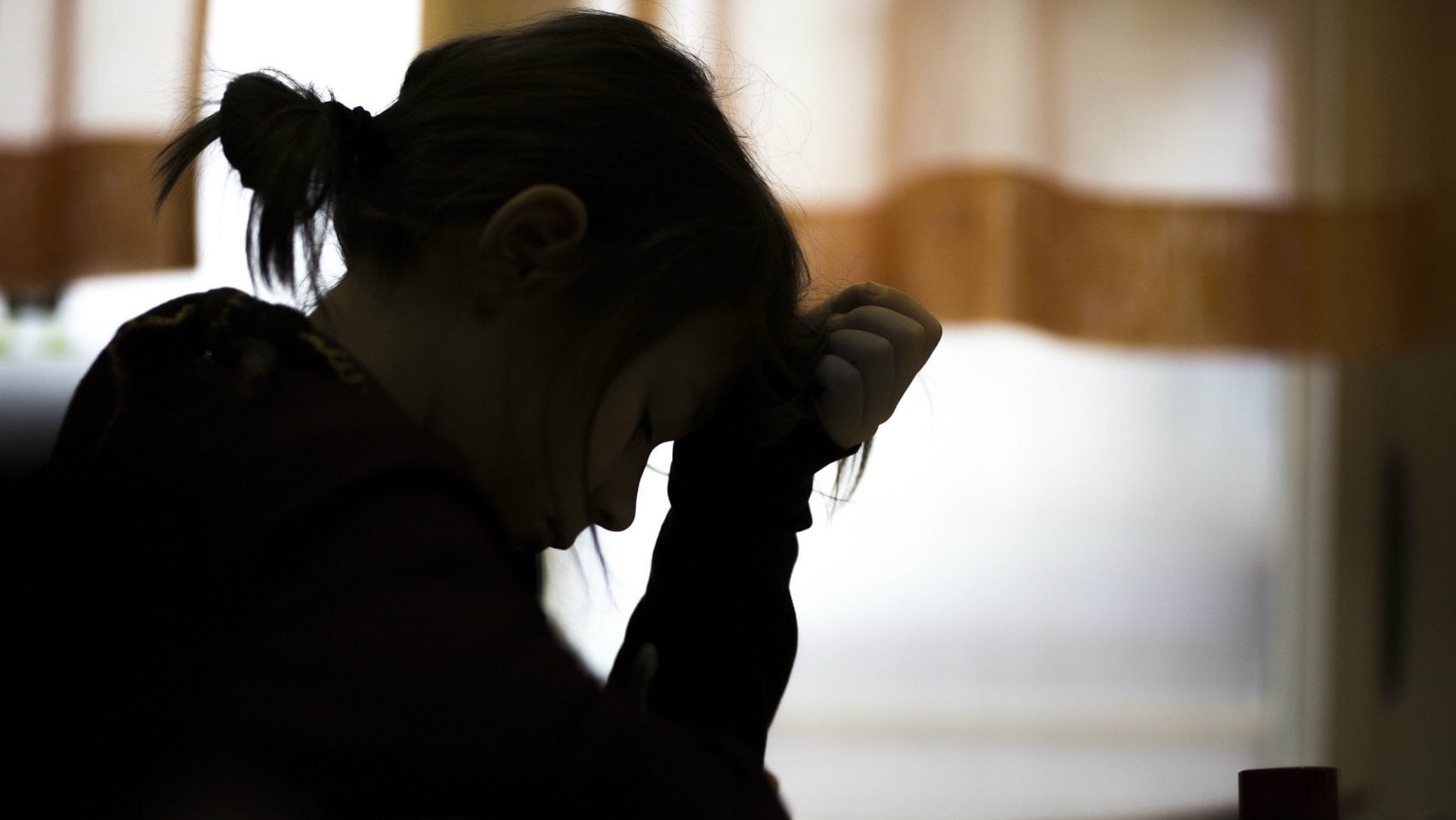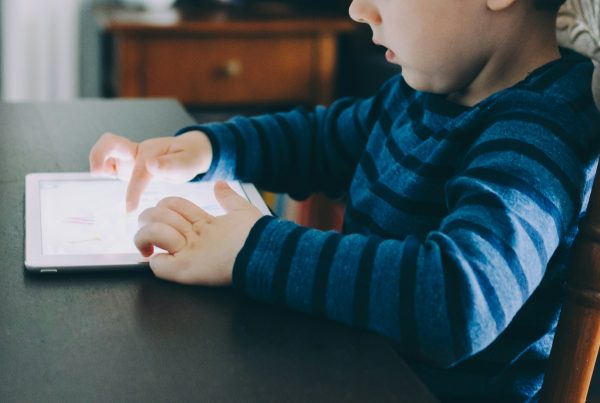Here is the next installment of our three-part series about how to identify modern sexual exploitation. Our last post explained how traffickers deceive victims and play on their vulnerabilities to recruit them. These heinous acts follow a pattern and a process, and the second step of traffickers is trauma bonding.
Trauma bonding is a dangerous and imperative step in modern sexual exploitation. It is the second step in a three-part victimization process following the initial recruitment of the victim. Trauma bonding locks the victim in the grip of the trafficker, and the victim is powerless.
By breaking down barriers and playing on weaknesses, traffickers maneuver themselves into the lives of victims and establish the victim’s dependence on them. There are several ways to go about breaking down these barriers, but the ways traffickers manipulate depends on which vulnerabilities they exploit. The list of ways traffickers establish dependence is extensive, but some of the most common strategies include:
- Physical and emotional violence
- Threats and blackmail
- Forced criminal activity
- Trauma, including rape
- Isolation, possibly abduction
These means of control leave victims powerless to their traffickers, and they ultimately break victims down psychologically. Their free will is gone, and they are at the mercy of their trafficker.
Trauma Bonding Explained
Trauma bonding is a mechanism that helps victims survive. This typically occurs when victims believe there is a threat to their survival, and the abuser will act upon that threat.
Trauma bonding does not occur right away, instead, it occurs after the relationship between the victim and the trafficker is established. It takes time, but traffickers develop control over the victims through the aforementioned manipulations to rid victims of choice.
Trauma bonding affects the victims’ sense of self. Judith L. Herman describes the deterioration of the self in her book, “Trauma and Recovery” as, “All the structures of the self—the image of the body, the internalized images of others, and the values and ideals that lend a sense of coherence and purpose—are invaded and systematically broken down.” As a result of the “self” breaking down, in addition to the trauma faced, the victim starts taking blame and responsibility for the abuse. What’s worse is that the victim wants to please his or her abuser, regardless of the trauma inflicted.
When victims are in this situation, they are in such danger that sometimes they are simply happy to be alive. As a result, victims can misidentify and misunderstand the actions of their traffickers. In this situation, they love their traffickers, and they believe their traffickers love them too. They have no power over this psychological conversion, and they do not have the power to stop it.
Some victims are in love with their traffickers while others are solely terrified of them. However, all victims depend on their trafficker for survival. With this understanding, victims do not believe they can leave.
What It Looks Like to You
By paying attention and acknowledging changes in behavior, you could be one step closer to saving your loved one. Here are some of the key indicators of trauma bonding:
- Your loved one is going through a runaway, rebellious phase
- Your loved one is absent from usual functions or events
- They are often escorted or monitored by older “friends”
- They become withdrawn, anxious, or aggressive
What You Need to Know
It is important to recognize that your loved one did not choose to end up this way. This is not your loved one’s fault, and they certainly did not “ask for it.” As mentioned earlier in the post, traffickers prey on victims to distort their psychological state into that of compliance.
This coercion deeply affects victims to the point where sometimes they do not realize they are being abused.
How We Can Help
We urge swift action and recommend reporting these cases to local law enforcement, the National Center for Missing and Exploited Children (NCMEC), and to the ILF.
Our involvement in the rescues of your loved one will include directing you in gathering information. In addition, we will assist in developing a clear and effective timeline that can be used to report the crime to law enforcement. Finally, we will provide recommendations for counseling and mentoring to help you and your loved ones throughout the process.
The Innocent Lives Foundation is committed to helping you protect your loved ones and stopping traffickers. This is not just one person’s fight. We are in this together, and we are dedicated to the safety and well-being of your children.
For more information about identifying modern sexual exploitation, stay tuned for the next blog post about how traffickers train their victims.
Join us:
Image: Getty Images





